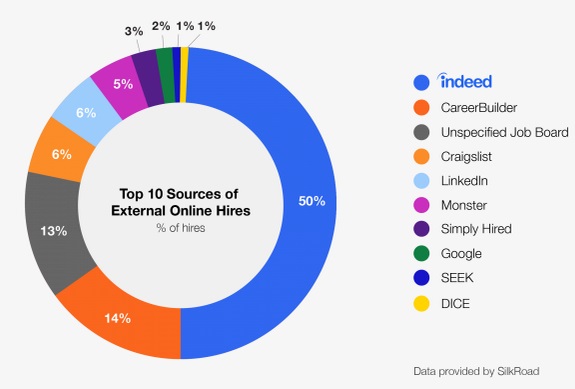One thing was abundantly clear from speakers and thought leaders at SHRM 2015, hiring is hard, and it’s about to get much harder!
That isn’t good news for any of us in HR and Talent Acquisition. There are two forces that are currently happening that are making hiring more difficult than it has been in over ten years:
- Solid economy and job growth.
- Baby Boomers leaving the workforce.
This isn’t earth shattering information, we all kind of new this was happening. The issue is we are now all beginning to feel this in every part of the country and in almost every job category. This means some things are going to happen, and the top HR and Talent Pros are already preparing for these:
- Wage Growth: CareerBuilder CEO Matt Ferguson spoke at SHRM on Tuesday and had some great data showing that organizations see wage growth of around 5% in 2015, and similar in years to come. Are you budgeting 5% increases? I’m guessing not!
- Recruitment Process Challenges: How many steps does it take to apply for a job in your organization? If it’s more than two, you’ve got problems! Can someone apply for a job online with your organization without having a resume? Why not? Matt also showed data from CareerBuilder showing 40% of HR and Talent Pros have never applied for one of their own jobs to better understand the true experience!
- Technology Challenges: Do you have a way to reengage candidates in your system on a regular basis? A system that allows you to let great talent know, that you already have in your system, when you have an opening that fits them? It’s called CRM, and only about 20% of companies have technology that can do this important recruitment marketing function!
- Job Design Challenges: Too many of us are working and designing jobs like we are living in a society that was pre-internet, pre-ultra connected. We still think we need employees sitting in front of us from 8-5pm, Monday thru Friday. If they aren’t sitting in front of us, they must not be working! Indeed shared that 80% of job searches on their site include this single word: “Remote”! Are you adjusting those jobs that can be flexible?
Those organizations that believe they can recruit and get talent like they have been doing for the last couple of decades are going to fail. It’s really that simple. Talent attraction will be a powerful strategic differentiator for organizations over the next decade, like almost no other time in our history.
The good news? At no other point in our history do have access to the information on how to be successful! Twenty years ago, doing great talent acquisition was mostly trying stuff and getting lucky. In today’s world you can learn easily how the best organizations are attracting talent at conferences, on websites, in blogs, webinars, etc. There are so many sources of this information, that we now have no excuse to improve what we are doing. We just have to do it!

